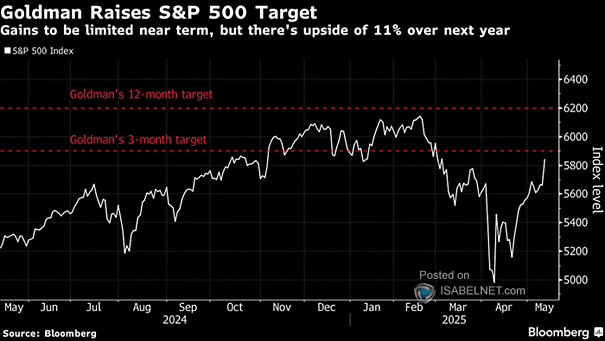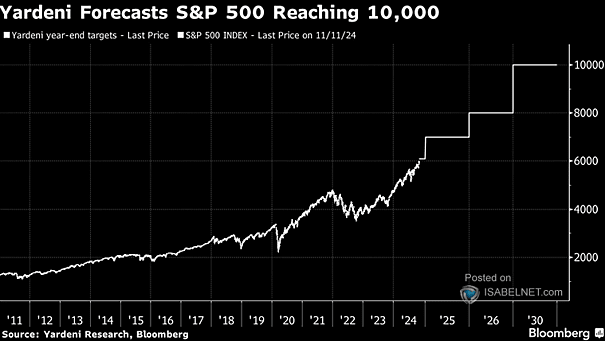S&P 500 Price Target
S&P 500 Price Target Prominent Wall Street strategist, Michael Wilson, known for his previous bearish outlook, has shifted to a bullish stance on U.S. stocks, predicting that the S&P 500 could rise by 11% by the end of 2025. Image: Bloomberg


